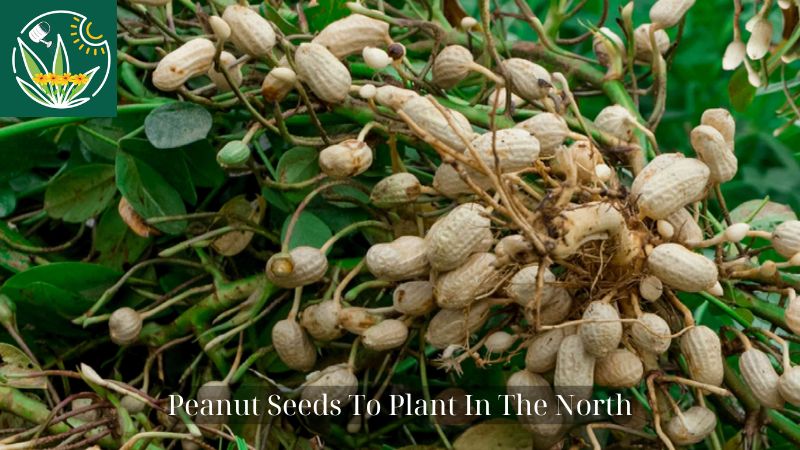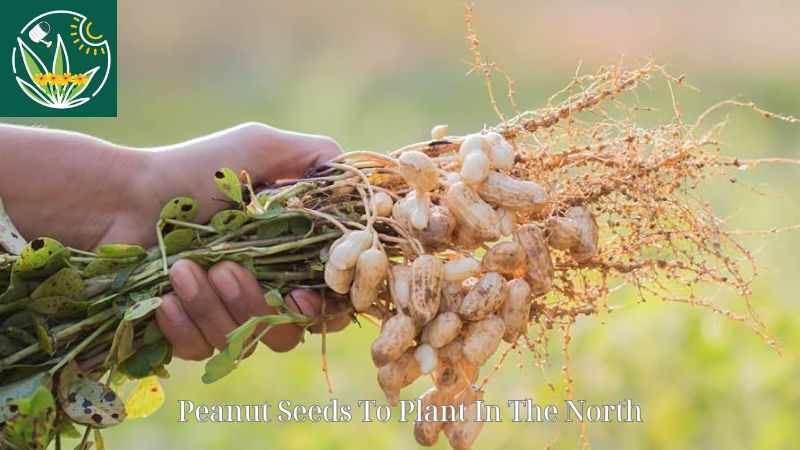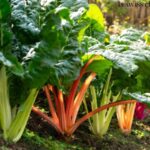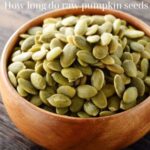Peanut seeds to plant, also known as beans, are not only a nutritious food source but also an interesting plant to grow in the home garden. With their small appearance and unique underground growth process, peanuts bring surprising experiences to growers.
Although often associated with warm tropical regions, with patience and proper care techniques, you can completely succeed in growing this plant in colder climates. In this article, let’s learn about peanut seeds to plant with tree02.com to explore nature and enjoy the fruits of your own land.
Introduction to peanut seeds to plant
In the world of home farming, growing your own food not only provides a fresh supply but also opens up opportunities to experiment with new plants. One of the most exciting and challenging experiences for gardeners is growing peanuts (Arachis hypogaea), also known as the green bean. Although often associated with warm tropical regions, peanuts can thrive in the right conditions even in harsher northern climates.
The peanut is a legume native to South America that offers many benefits not only nutritionally but also aesthetically and ecologically. This compact plant not only thrives in well-drained soil, but is also notable for its unique way of growing, with the seeds developing underground rather than on the plant like many other legumes. It is this amazing growth process that makes peanuts an interesting choice for home gardens, especially for growers who want to explore the uniqueness of nature.
Although the weather conditions in the North are often not ideal for plants that need a lot of sunlight and high temperatures, with proper preparation and care, peanuts can still thrive. Timely planting, along with the use of shading and temperature control, can help peanuts grow and produce a bumper crop even in environments with a short growing season. It is wonderful to witness the growth of a unique agricultural crop like peanuts right in your garden, especially knowing that this is completely possible, no matter where you live.

Experimenting with growing peanut in the North
When I first started experimenting with growing peanut in my garden, I was unsure about their ability to thrive in cold climates. However, with preparation and experience, I was able to successfully grow peanut in areas with short growing seasons.
The unique thing about peanut is that the seed formation process takes place underground, similar to that of bulbs. The flowers of the bean plant are orange-yellow and after pollination, the flowers fall to the ground, where the seeds begin to develop.
Growing peanut in the North
In my first summer growing beans, the long hot weather helped the plants thrive. However, to ensure success, careful preparation and care are needed. Using warm microclimates such as PVC frames and protective coverings can be a good solution in case of unfavorable weather.
Seed selection and planting
I experimented with varieties such as Tennessee Red Valencia and Schronce’s Deep Black, both of which have a growing cycle of about 110 days. To cope with the short growing season in the North, beans need to be sown indoors for four to five weeks under electric lights, then moved outside when the weather is warmer.
Care and fertilization
Beans need well-drained soil and organic amendments. In addition, hilling is needed to help the plants grow stronger and weed control is needed to create the best conditions for the plants.
Peanut Harvesting
Peanut harvesting can take place in late summer or early fall, when the beans have fully developed underground. While not a common crop in the North, with proper care, you can still get delicious meals of fresh beans from your garden.
8 Simple Steps to Growing Peanuts at Home
Step 1: Choose a location for your peanut plants that gets at least 8 hours of direct sunlight and has loose, rich, well-drained soil. Planting in pots? Make sure the pots are at least 18-20 inches in diameter and 18 inches deep for each plant.
Step 2: Crack the raw peanut shells to expose the seeds. Plant the seeds at least 2 inches deep in the soil. Water once a week, making sure not to overwater the plants.
Step 3: When the plants produce yellow flowers (30-40 days), mound soil around the base of the plants so the peanut “pins” can be embedded in the soil.
Step 4: Once the “pins” have developed, keep the soil moist.
Step 5: Stop watering about two weeks before harvesting the peanuts (130-160 days).
Step 6: When the leaves begin to turn yellow, carefully check the soil and pull the plant by hand. Shake off excess soil and let the entire plant dry with the peanuts for about a week.
Step 7: Cut the peanut shells off the plant and spread them in a single layer in a cool, dry place to store for two to three weeks.
Step 8: Enjoy!
Conclusion
Growing peanuts is not only an agricultural adventure, but also the joy of nurturing what nature has to offer. Patience and care will be rewarded when you harvest delicious peanuts from your garden. By growing peanuts, you not only have an interesting crop but also experience the satisfaction of providing a healthy food source for your family. Try planting and let the joy of peanuts grow with your garden.






